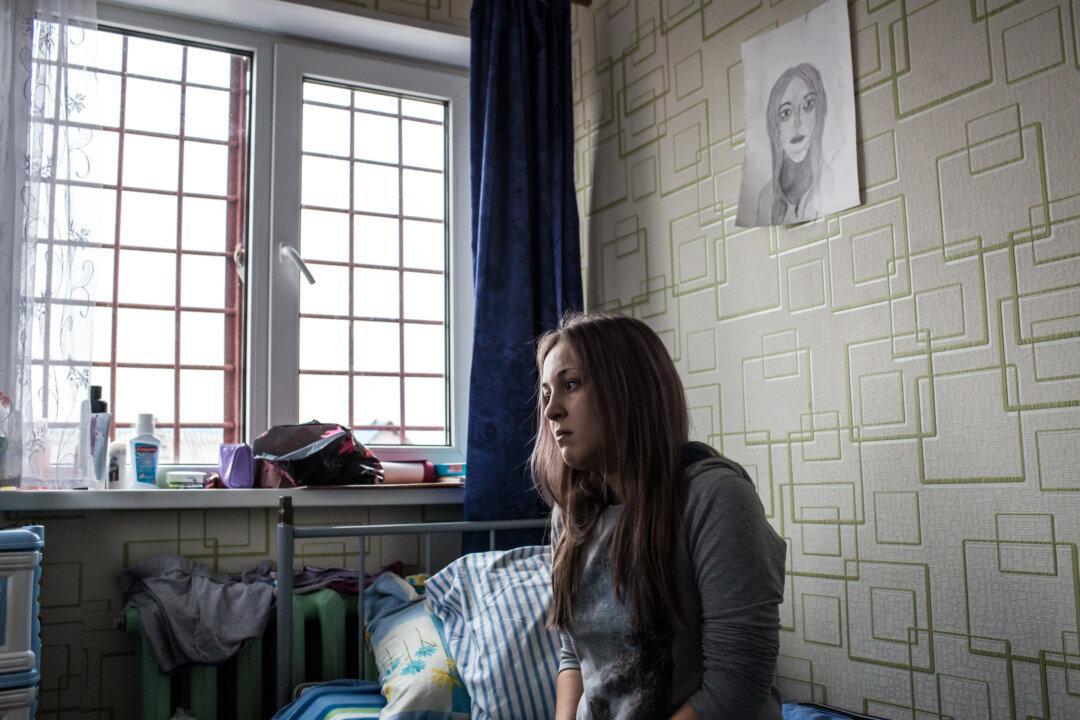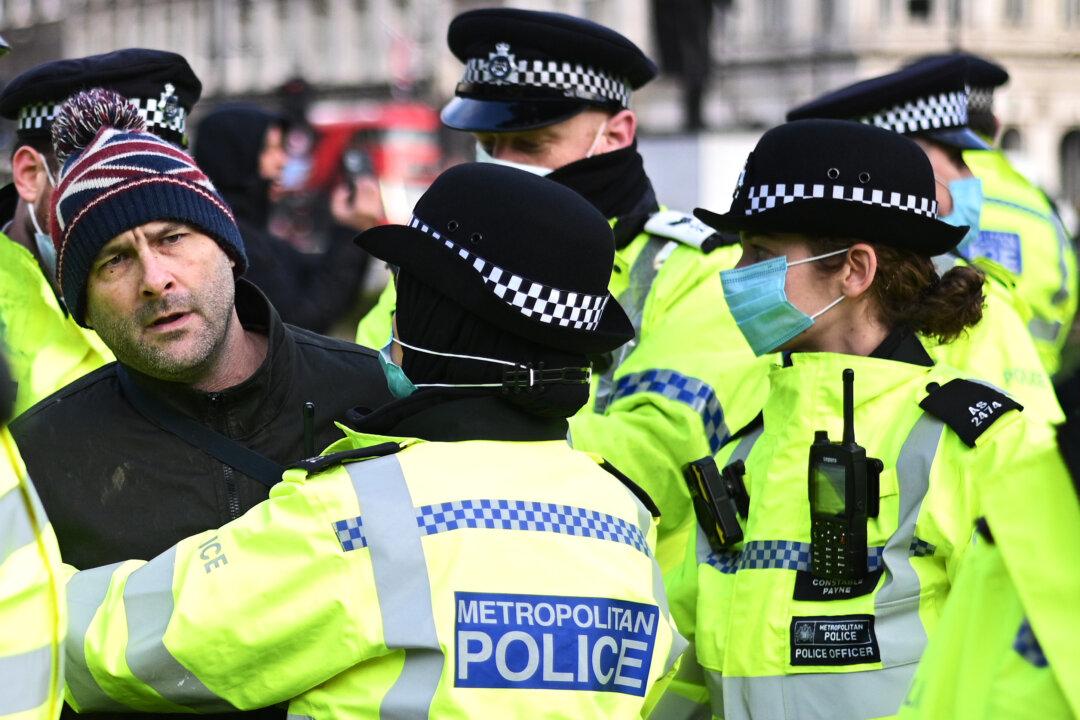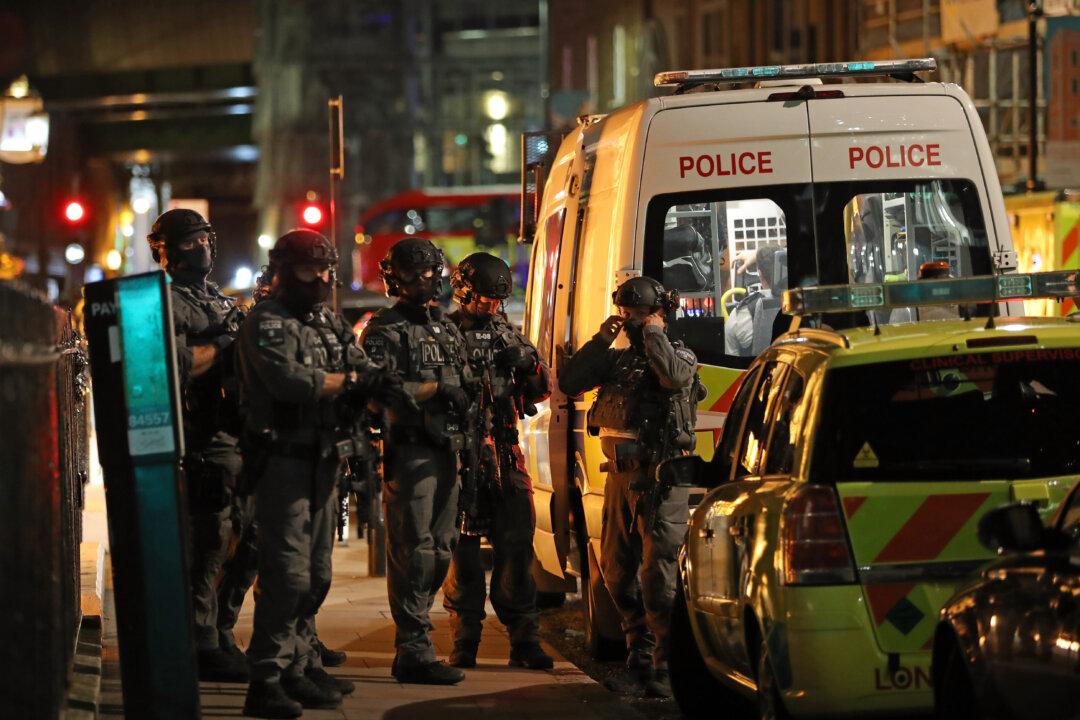Soaring gang crime and drug dealing have put over 213,000 children and young people in the UK at risk of serious gang-related violence due to a toxic mixture of high crime levels in the community and low family incomes, a new study has shown.
Five percent of all 11–17-year-olds in England are vulnerable to involvement in the violence (pdf) “either as victims, perpetrators, or witnesses,” according to the study that was published on Friday by crime and justice consultancy, Crest Advisory.





